Emma Flower Taylor Gifts The city A Bide-A-Wee Hospital
Prior to the creation of the Bide-A-Wee Hospital on Bradley Street, Emma Flower Taylor would gift the House of the Good Samaritan the Taylor building, originally intended for use a contagious hospital for care of those with communicable diseases, in 1905. However, the board of the House of the Good Samaritan declared it to be too close to the hospital and three years later converted it to a maternity department. With there still being a need for a contagious hospital, Emma Flower Taylor would then establish the Bide-A-Wee hospital on Bradley Street in 1916 next to where the Pepsi-Cola bottling facility resides currently.
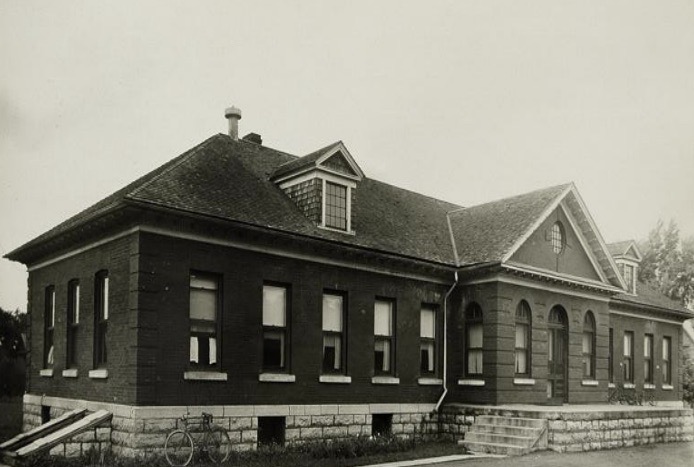
According to the Watertown Daily Times the property was purchased in August of 1916, thus obtaining a place for the care and treatment of the primary concern of the time, infantile paralysis. Over the years, however, the Bide-A-Wee hospital would also see cases of scarlet fever, diphtheria and typhoid fever. The city previously had problems finding appropriate places for treating typhoid fever in which the Watertown High School on Sterling Street was used just prior to its completion 1904 to treat patients due to its sterile condition.
After some remodeling and furnishing, the Bide-A-Wee hospital would have its opening in December of 1916 and be operated under the supervision of the Board of Health and cooperation of the city’s House of the Good Samaritan, aka, City Hospital, and Mercy Hospital. Although the contagious hospital was much needed, it unfortunately wasn’t always “funded munch” in the city’s budget.
In the early 1920s, clubs such as the Wasoc Club, headed by William P. Darby, would help raise funds for the operation of the Bide-A-Wee Hospital. The Times would note in a March 1, 1922 article—
The principal need there at the present time is an electric washer and an electric stove, he said. It was suggested that the club assist in the purchase of each of these things. At the present time all wash work at the institution is done by hand. The cooking is done all year round by means of a coal range, there being no gas connections on outer Bradley Street.
It is absolutely impossible to purchase nay of the articles mentioned with the money which is turned over to the hospital by the city. Mr. Darby explained that the amount given is far too little.
“In making out the budget the city hall the first thing that the officials think about is themselves,” declared Mr. Darby. “Their salaries are first listed in order to make sure that they get them. Then the fellow who has nothing the matter with him is taken into consideration and he is next on the list. Way down at the bottom of the listed budget comes the board of health, including the upkeep of the Bid-A-Wee hospital. By the time the rest of the budget is figured out there is but little left for them.”
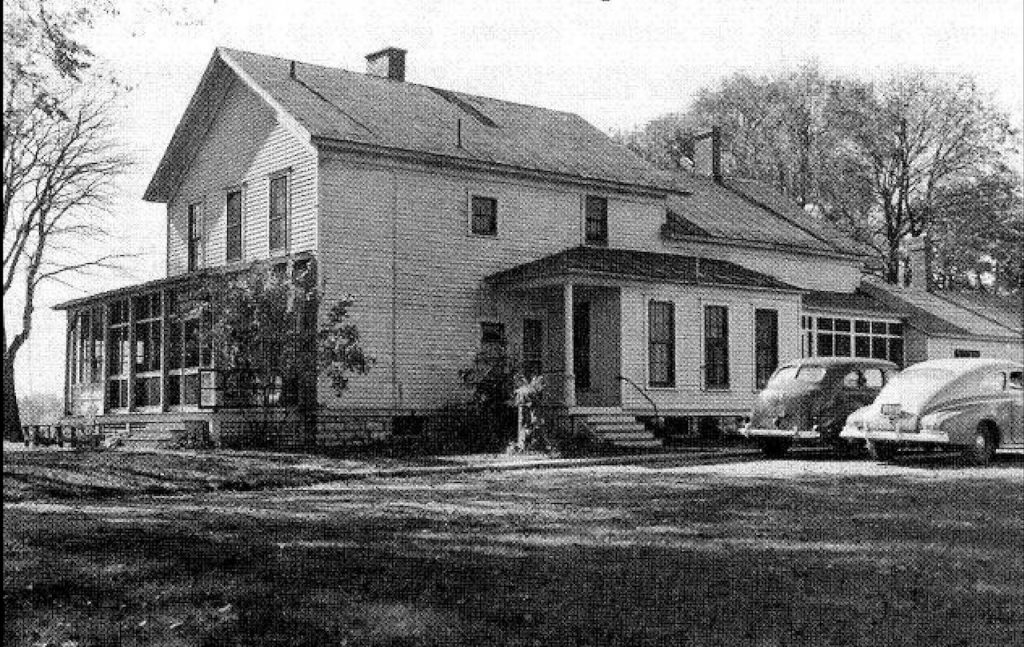
At the time, it was noted the nurse is charge has a budget of $50 for hiring help. $80 a year is given for expenses other than regular upkeep. The estimated cost of an electric washer at the time was pointed out as about $150.
In the mid-to-late 1920s, typhoid fever would make the rounds again and local doctors believed it to be spreading through wells. One well on Dorsey Street was found to contain positive colon bacilli and water noted to be a dangerous carrier. Back in October 1927, typhoid fever was described as—
A disease carried only by the warm fluids of the human body and circulated by means of three agencies, which have been named flies, fingers and food. Food, as contaminated water and milk, is the most dangerous of the three. The soft limestone rock on which the city is located allow water carrying waste matters from the human body to run for miles under ground, health authorities say.
In those years, the Bide-A-Wee hospital was presided over by Katherine B. St. Germaine, the superintendent, and Mrs. Bertha Morris as housekeeper for the hospital consisting of three wards, and two private rooms. One ward comprised of five beds served the children, another of three beds the men, and the third of three beds for the women, all located on the first floor. One of the private rooms was located on the first floor and the other the second.
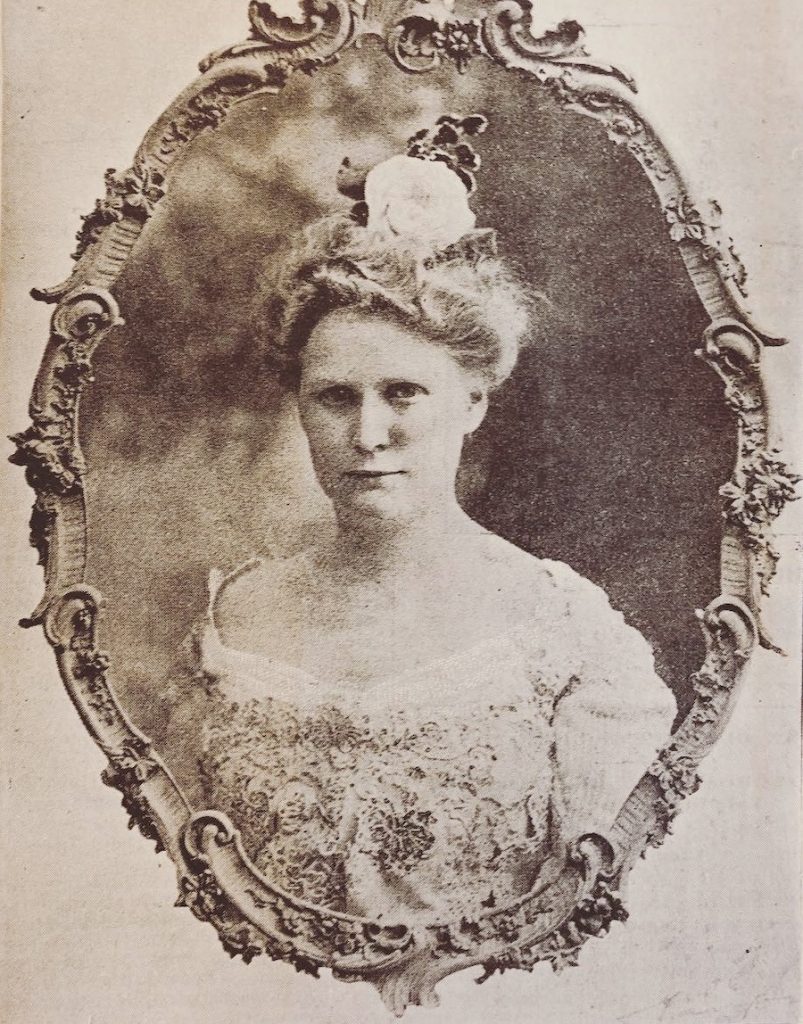
The first floor also contained a physician’s room; the living and dining room for Miss St. Germaine and Mrs. Morris, and the nurses. Much work was one to prevent contamination and cross-infection of the different illnesses and, after 12 years of operation, none had occurred. Visiting families would have to stand outside windows to talk to their loved ones inside who, upon leaving, couldn’t take anything home such as toys that might further spread the contagions.
By the end of 1927, representatives from the Jefferson County Medical Society would request the board of supervisors to establish its own contagious hospital. The society would justify the need for one noting that the demand was causing the transportation of those suffering from contagious to other regions, e.g. Syracuse and Ogdensburg, were endangering the lives of others through excessive travel, delays in aid and causing unnecessary expenses. The result would be the Jefferson County Contagious hospital in Calcium which opened in 1928.
1930s Scarlet Fever Outbreak And Rumors Of Consolidation With County
In the early 1930s, an outbreak of scarlet fever in the city would reach at least 35 with 26 of those being treated at the Bide-A-Wee hospital. As the numbers sustained, the city would lease the farmhouse across the street, owned by Attorney John T. Delaney of Alexandria Bay, for temporary overflow. In 1936, the city council would fight a proposal to merge its Bide-A-Wee hospital with the Jefferson County hospital in Calcium which would result in the abandoning of the city’s hospital. It would ultimately be struck down, the city’s Bide-A-Wee hospital being seen as efficiently operated and at the expense of those having to travel out of town for treatment.
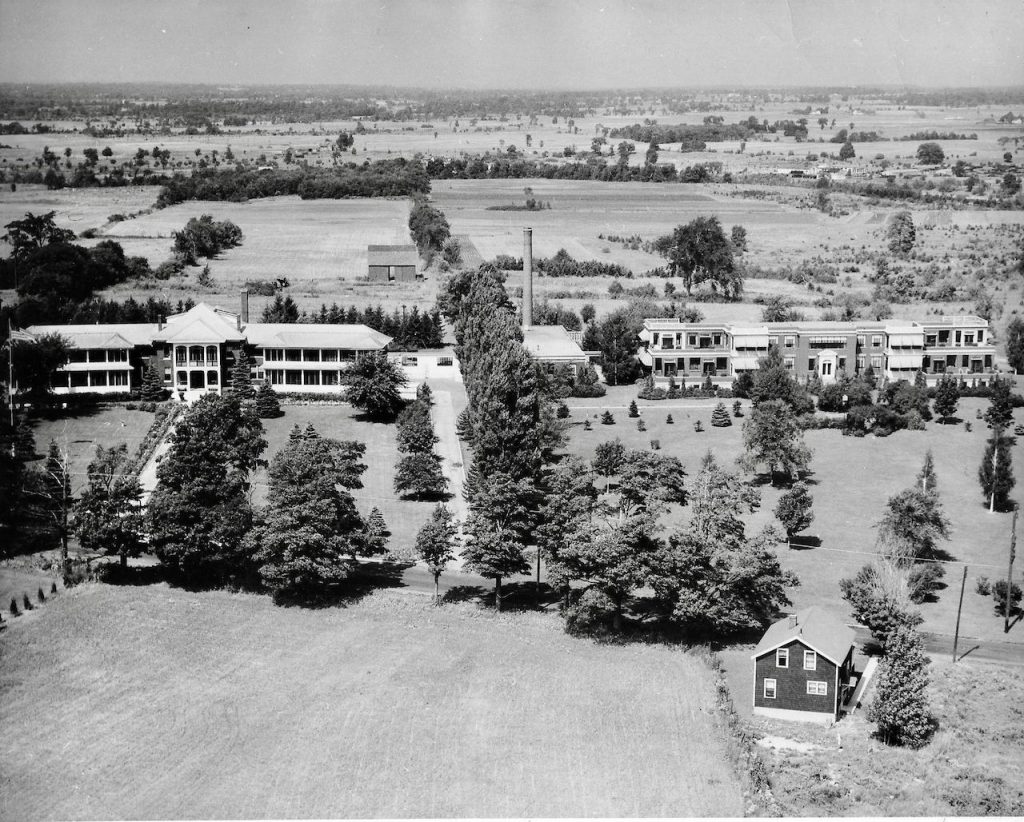
Ten years later, the county would come to the city, so to speak, and the Bide-A-Wee hospital would be closed for good in November of 1946 with all patients transferring to the new part of the Jefferson County Sanatorium on outer Coffeen Street.
The property on Bradley Street would later be purchased along with the site for the new Pepsi-Cola bottling plant in 1964. Eight years later, on the day after Christmas, the old Bide-A-Wee hospital would be razed. At the time, The Times noted the property would be redeveloped by its owner, the Tarzia Realty Corp, but still remains vacant today as the neighboring North Watertown Cemetery continues to expand toward it.
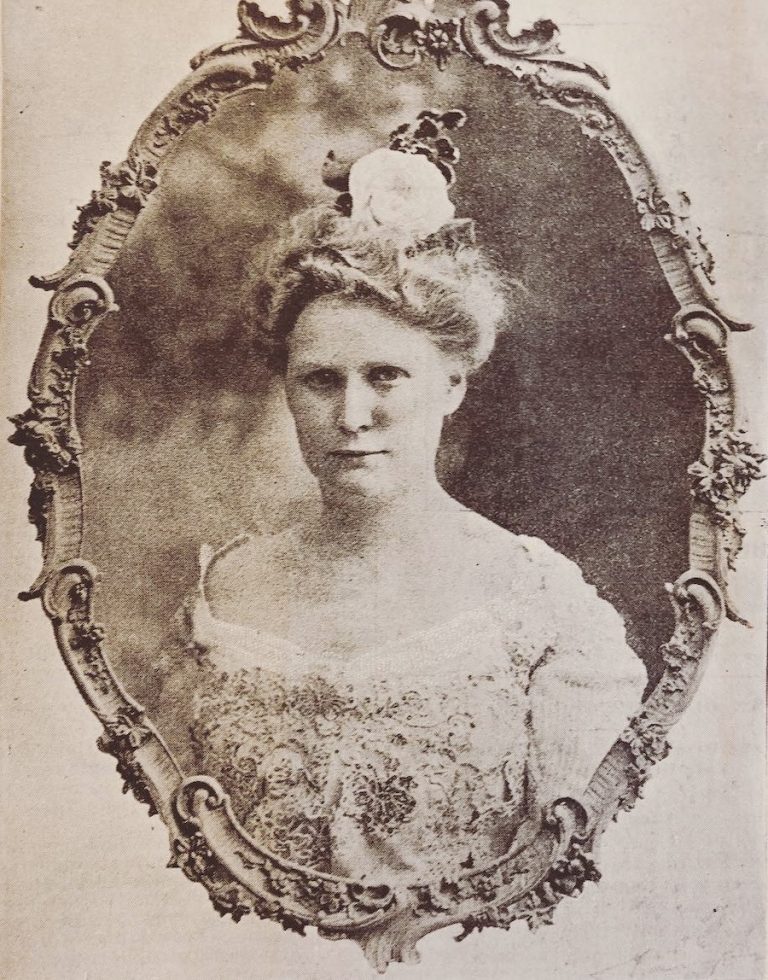
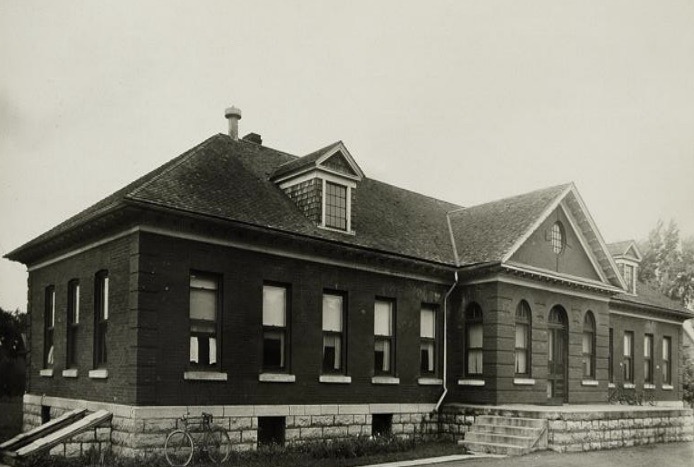
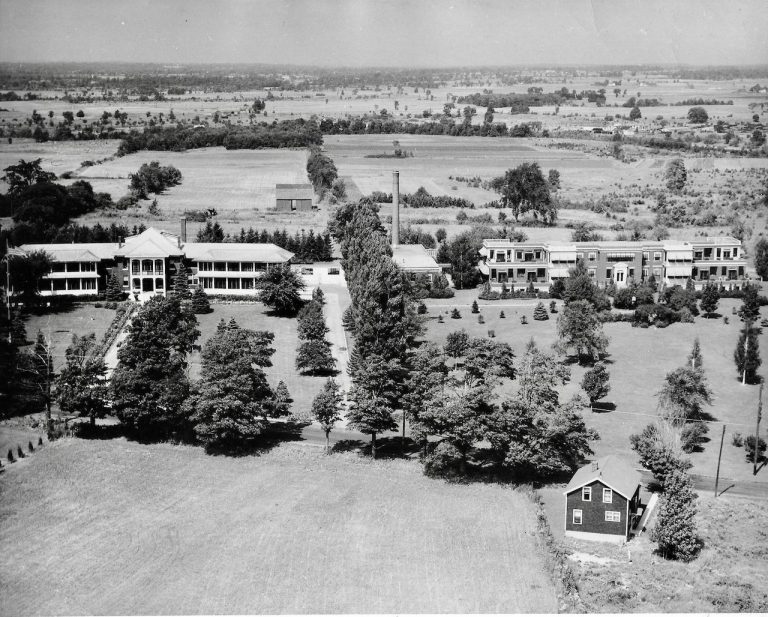
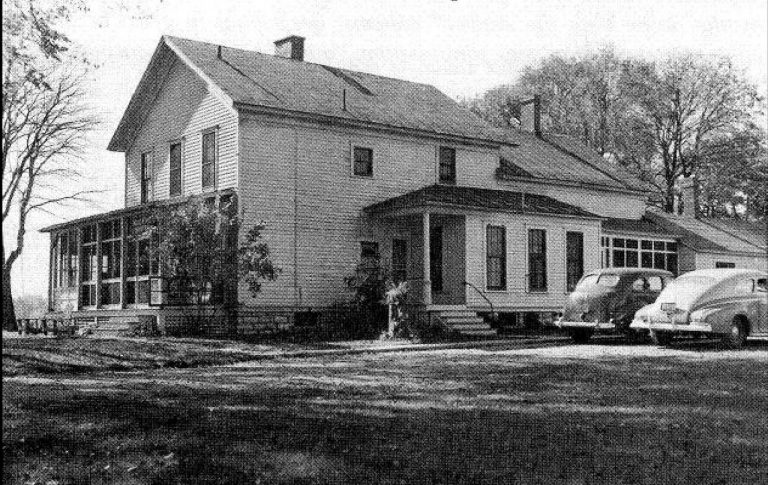
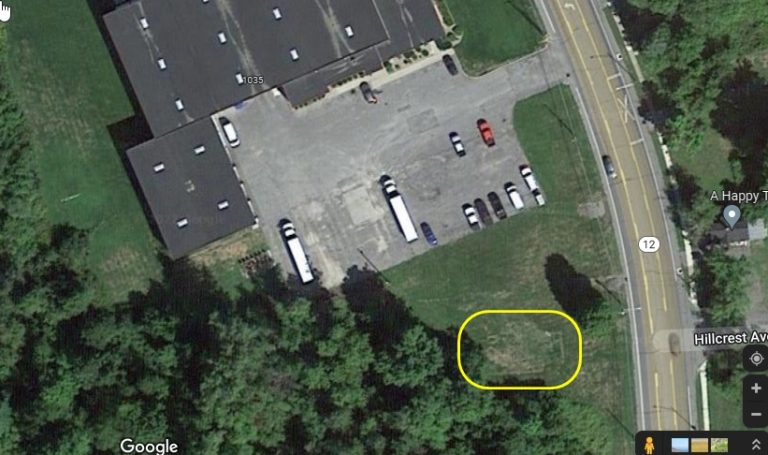
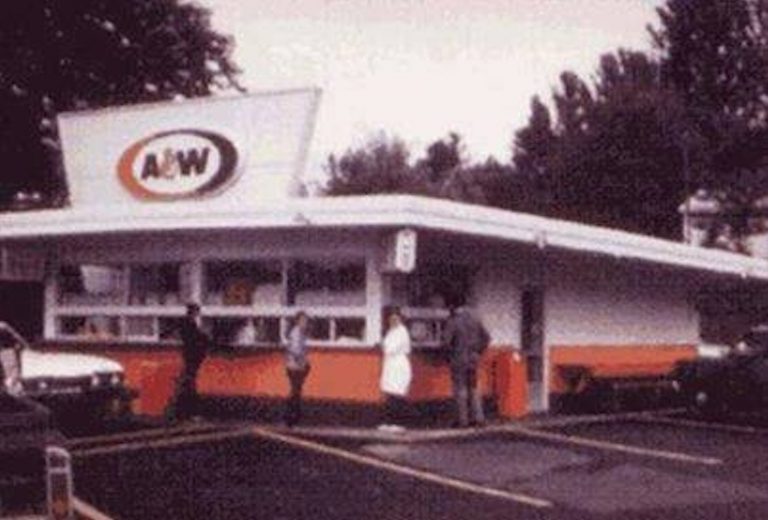


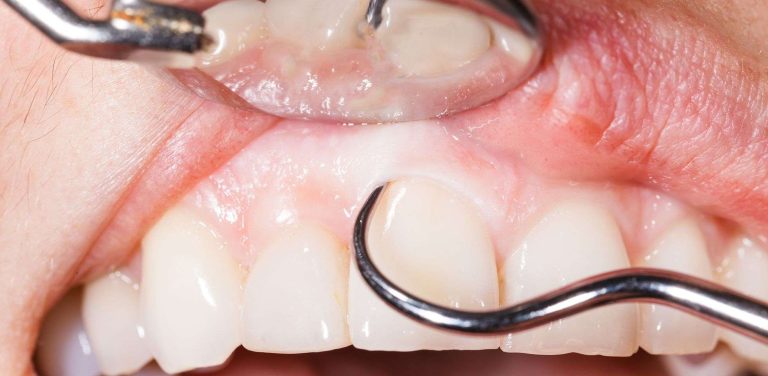




1 Reviews on “Bide-A-Wee Hospital – Bradley Street (1916 – 1946)”
If you go out and poke around in the grass near the Pepsi Bottling place, you’ll find the old foundations for the hospital.